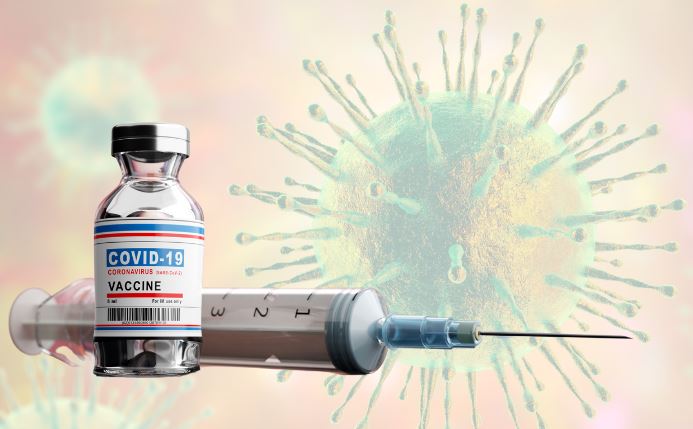Scientists Develop ‘All-in-One’ Broad Coronavirus Vaccine
In the wake of the COVID-19 pandemic, researchers have recognized the urgent need for vaccines that can provide protection against not just one, but potentially multiple coronavirus strains, including those yet undiscovered. On May 6, 2024, a groundbreaking study was published in the journal Nature Nanotechnology, introducing an advanced ‘all-in-one’ vaccine designed by leading scientists from prestigious universities.
Vaccine Mechanism
The innovative vaccine employs a sophisticated structure known as a nanoparticle, formed by a cluster of proteins strongly bound together. This nanoparticle serves as the core to which chains of viral antigens from various coronaviruses are attached using a novel “protein superglue”. This method significantly broadens the immune system’s ability to recognize and combat multiple viruses by exposing it to key antigen regions shared across numerous coronaviruses.
Quartet Nanocages
The primary feature of the vaccine, termed “Quartet Nanocages”, entails quartets of linked receptor-binding domains (RBDs) from a range of SARS-like betacoronaviruses connected via SpyTag/SpyCatcher links to a computationally designed nanocage. These complexes are structured to elicit a robust immune response, inducing high levels of neutralizing antibodies against several coronaviruses, thereby expanding the protection to even unrepresented viruses in the vaccine’s initial design.
Enhanced Immunization Strategy
The study findings revealed that priming animals with the SARS-CoV-2 spike and subsequently boosting with Quartet Nanocages could substantially improve the strength and breadth of the immune response, overcoming limitations seen in narrower immunization approaches. This strategy aims at providing a formidable shield against potential future coronavirus outbreaks.
What is Proactive vaccinology?
Proactive vaccinology is an approach to create vaccines before outbreak of diseases. It is a process whereby scientists actively predict potential future viral threats and preemptively develop vaccines to combat them. Such predictions are based on studies of viral genes, species, and transmission patterns. The strategy relies on technological advances in synthetic biology and genomics to rapidly design and produce vaccine candidates. An example of its potential impact is the rapid development of the COVID-19 vaccines, which was partly due to prior research on related coronaviruses.
Month: Current Affairs - May, 2024
Category: Science & Technology Current Affairs







